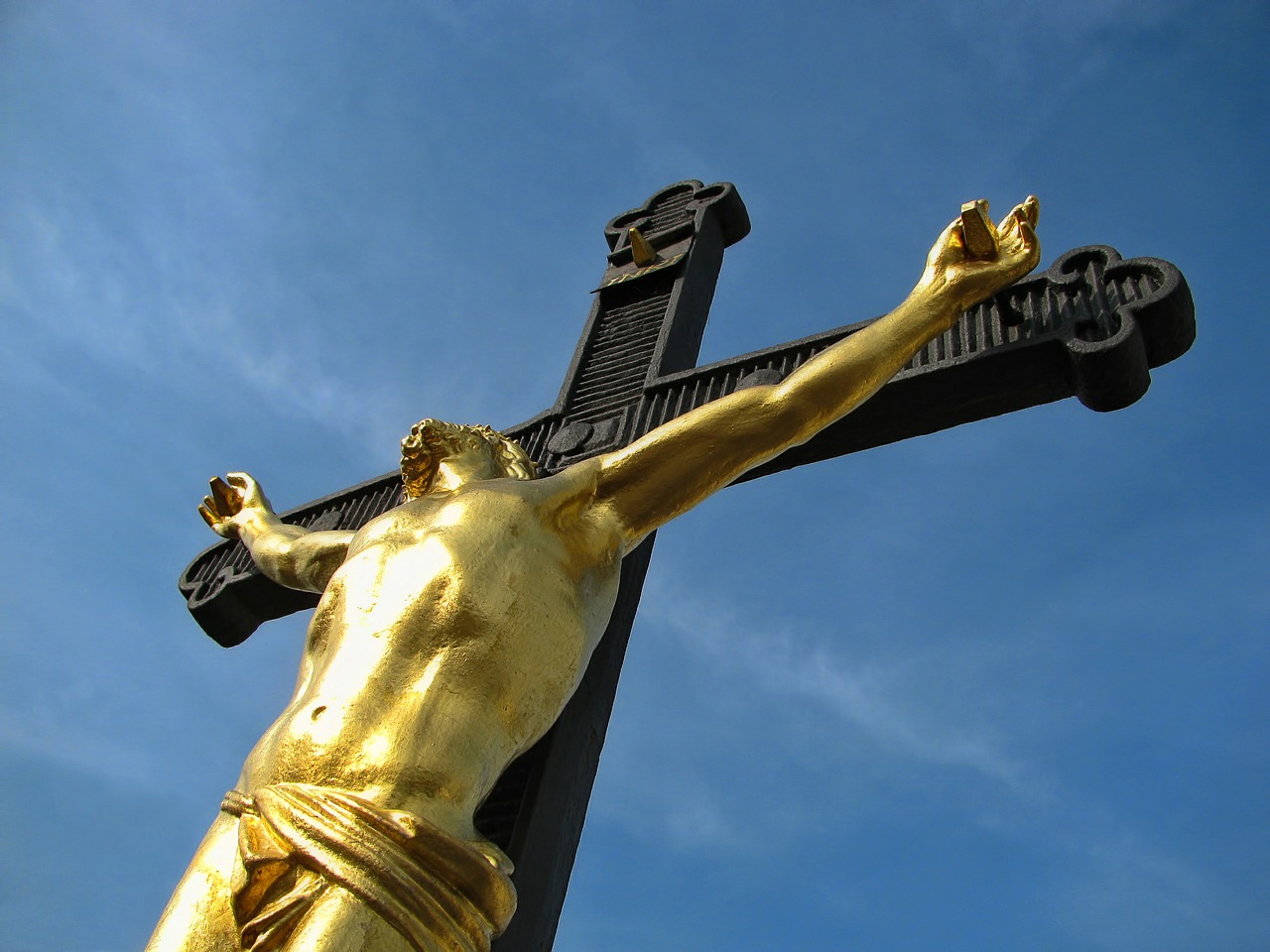Answered by Legionary of Christ Father Edward McNamara, professor of liturgy and sacramental theology and director of the Sacerdos Institute at the Regina Apostolorum university.
Q: In my parish, the pastor decided to remove the crucifix and put a cross instead. He said that since Christ is risen, an empty cross is enough. Which makes our church resemble a Protestant temple. I spoke to the priests in the parish and they seem to be either upset about it or indifferent but cannot do anything. I go to Mass and rosary every day and still cannot get used to the fact that in a Catholic church, no crucifix or icon of Our Lord is present. Only an icon of the Blessed Mother and Saint Joseph. Is this normal for a Catholic church? — C.A., Geneva, Switzerland
A: I would say that it is not normal for a Catholic church to habitually have just a plain cross rather than a crucifix outside of Mass. However, this practice may still be within the bounds of liturgical law.
If, however, this condition persists during the celebration of Mass, it would be a violation of the law.
The General Instruction of the Roman Missal says:
“Things to Be Prepared
“117. The altar is to be covered with at least one white cloth. In addition, on or next to the altar are to be placed candlesticks with lighted candles: at least two in any celebration, or even four or six, especially for a Sunday Mass or a Holyday of Obligation, or if the Diocesan Bishop celebrates, then seven candlesticks with lighted candles. Likewise, on the altar or close to it, there is to be a cross adorned with a figure of Christ crucified. The candles and the cross with the figure of Christ crucified may also be carried in the procession at the Entrance. On the altar, itself may be placed a Book of the Gospels distinct from the book of other readings unless it is carried in the Entrance Procession.
“122. When they reach the altar, the Priest and ministers make a profound bow. The cross adorned with a figure of Christ crucified, and carried in procession, may be placed next to the altar to serve as the altar cross, in which case it must be the only cross used; otherwise, it is put away in a dignified place. As for the candlesticks, these are placed on the altar or near it. It is a praiseworthy practice for the Book of the Gospels to be placed on the altar.
“308. Likewise, either on the altar or near it, there is to be a cross, with the figure of Christ crucified upon it, a cross clearly visible to the assembled people. It is desirable that such a cross should remain near the altar even outside of liturgical celebrations, so as to call to mind for the faithful the saving Passion of the Lord.”
Therefore, on four occasions the Missal insists that the cross used for Mass be a crucifix and not a simple cross. No. 308 also recommends, although it does not oblige, that this crucifix be habitually present in the church. This at least indicates that the Church does not share the pastor’s theological argument that a simple cross is sufficient since Christ is risen.
It is somewhat ironic that among the early works of Geneva’s most famous bishop, St. Francis of Sales (1567-1622), is one entitled “The Defense of the Standard of the Cross,” an explanation of the practice of the veneration of the Holy Cross and the significance of the cross, the crucifix and the sign of the cross in Christian piety.
* * *
Follow-up: Placement of the Baptismal Font
Related to our October 1 question on the baptismal font, a similar question arrived around the same time:
“We have an 11-year-old church and we are looking at making a few changes to ensure we have the sanctuary ‘properly’ outfitted. Recently you had a very good article on the tabernacle (September 24) and we will be taking that into account during these deliberations. We wonder if you have a similar article on the baptismal font and the location of the same. Currently, ours is located in the sanctuary so we are considering moving the tabernacle to a more prominent place (where the baptismal font is currently located) and putting the baptismal font where the tabernacle used to be — still in the sanctuary but not such a prominent spot. The font is on wheels so it is very easy to move about.”
For the official documents regarding this, I refer to the October 1 article. I would just comment the following:
The baptismal font should not be located in the sanctuary. A portable font, such as the one mentioned, may be placed in the sanctuary as required, especially for baptisms during Mass, but not habitually left in the sanctuary.
Therefore it is most recommendable, in restructuring the church, to contemplate the installation of a permanent font even though the mobile one could still be occasionally used in the circumstances mentioned above.
* * *
Readers may send questions to zenit.liturgy@gmail.com. Please put the word “Liturgy” in the subject field. The text should include your initials, your city, and your state, province or country. Father McNamara can only answer a small selection of the great number of questions that arrive.



